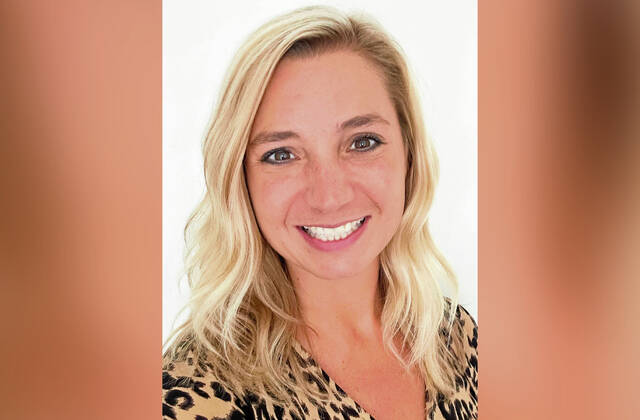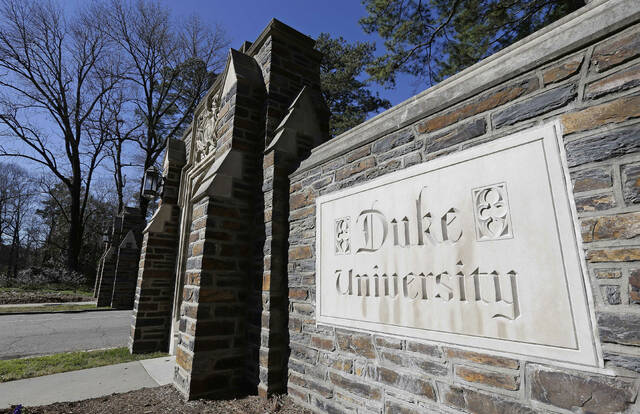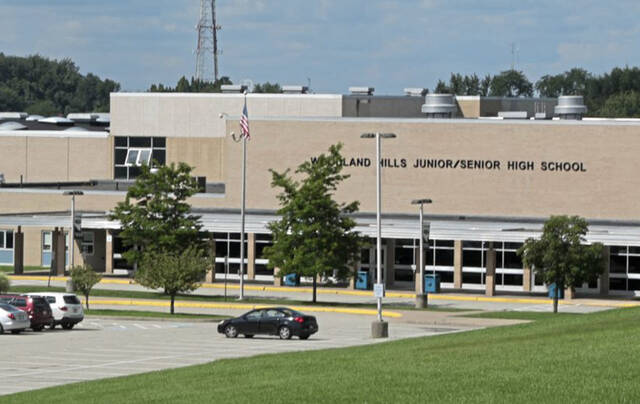Taxpayers know their property taxes are expressed in terms of mills or “millage.” The higher the millage number, the bigger the tax bill.
But many don’t understand where that comes from.
For taxing purposes, a mill is 1/1,000th of a dollar. So a tax rate of 100 mills means the taxpayer has to fork out 10 cents on every dollar of assessed value of their home.
That’s why assessments are such a big issue. An assessed value is a percentage of a property’s market value.
Each county has an assessment department that determines what each property’s assessed value is. That’s what varies so wildly. Some counties may determine the assessed values should be half of market value. Other counties may decide on a different figure.
When assessments are allowed to lapse compared to market values, which can change yearly, some property owners are left paying too little because their market value has increased but their assessment has not. The opposite also becomes true.
Because school districts aren’t receiving the appropriate value per mill, they need to increase their millage rates to bring enough money to balance their budgets.
Jennifer Callahan, business administrator/board secretary for Burrell School District, told TribLive that Burrell’s total assessed value is lower than it was in 2011-12, even as costs continue to climb.
Callahan said Burrell’s millage rate is the highest in Westmoreland County, now at 122 mills. But a single mill brings in significantly less money than it does in districts just a few miles away, she said in a post on the Burrell School District website.
State Sen. Wayne Fontana, D-Brookline, has long been an advocate of mandating reassessments on the state level, even sponsoring a bill that would do so. He said fixing the state’s reassessment system would put the focus back where it belongs: on millage rates and how districts are spending their money.
“Once (assessments are) fixed, the focus goes back on the millage,” he said. “(Taxing bodies) blame the assessment being wrong, but no one talks about the millage. We have to get away from this assessment issue and get to the millage.”








